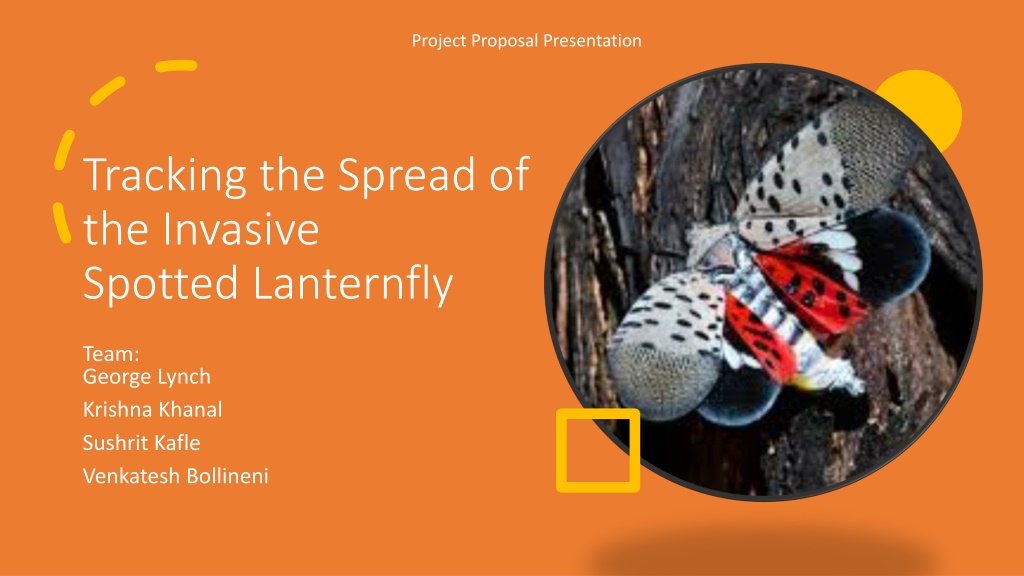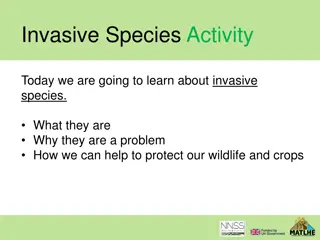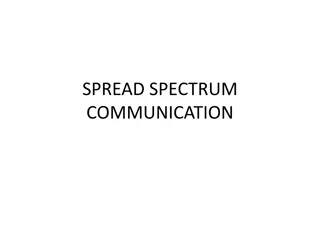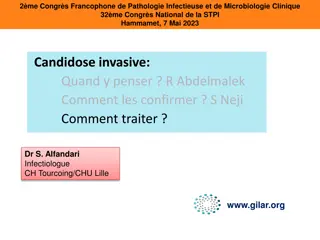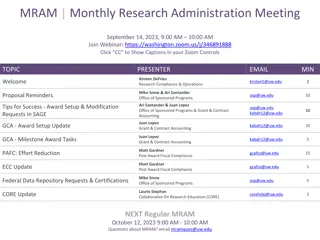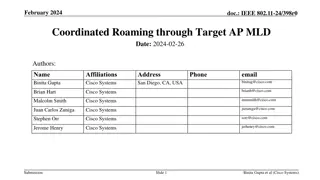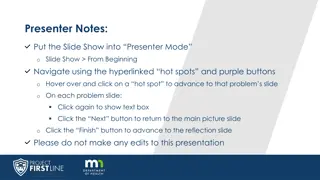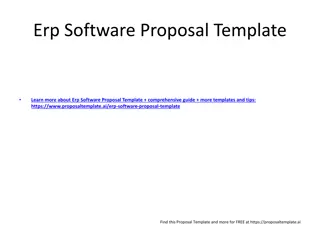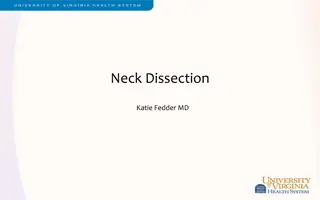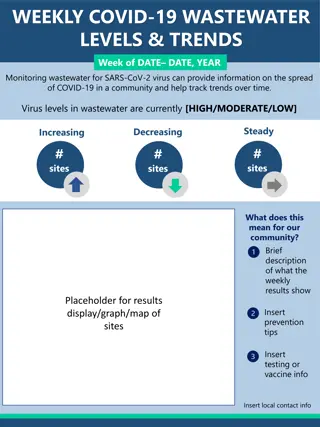Tracking the Spread of Invasive Spotted Lanternfly: A Project Proposal Presentation
The project aims to monitor and predict the spread of the invasive Spotted Lanternfly in the United States using dataset lydemapr and process-based modeling. The impact of SLF on plant species and outdoor activities is significant, making it crucial to implement proactive measures. Machine learning techniques will be employed for spatiotemporal analysis.
Download Presentation
Please find below an Image/Link to download the presentation.
The content on the website is provided AS IS for your information and personal use only. It may not be sold, licensed, or shared on other websites without obtaining consent from the author. Download presentation by click this link. If you encounter any issues during the download, it is possible that the publisher has removed the file from their server.
Presentation Transcript
Project Proposal Presentation Tracking the Spread of the Invasive Spotted Lanternfly Team: George Lynch Krishna Khanal Sushrit Kafle Venkatesh Bollineni
Spotted Lanternfly Spotted lanternfly (Lycorma delicatula) or SLF, is an invasive insect pest from Asia that feed on a wide variety of plants such as grapevine, hops, maple, walnut, and fruit trees It was first discovered in 2014 in the US ( Pennsylvania) and as of 2022, it has been found in 12 states. They do not fly long distances, but it is a hitchhiker. Starting in the fall, SLF seek out outdoor surfaces and lay mud-like egg masses on tree bark, outdoor gear (such as lawnmowers, bikes, and grills), methods of transport, and more. Oozing wounds and adult SLF on a tree Photo: Pennsylvania Department of Agriculture, bugwood.org
Impacts: Feeds on the sap of more than 70 plant species Makes them vulnerable to diseases and insects. Excretes large amounts of sticky "honeydew": promotes the growth of sooty molds that interfere with plant photosynthesis, results in people getting honeydew on their hair, clothes, and other belongings when going outside, hindering outdoor activities. SLF invasion potentials are aligned globally because important viticultural environments for SLF establishment also heavily trade with invaded U.S. states.(Paninvasion severity assessment of a U.S. grape pest to disrupt the global wine market, 2021) Using process-based modeling to forecast the spread of SLF assuming no treatments to control populations occur it was found that SLF has a low probability of first reaching the grape-producing counties of California, by 2027 and a high probability by 2033. (Spotted lanternfly predicted to establish in California by 2033 management,2022) regions with suitable without preventative
Dataset lydemapr: an R package to track the spread of the invasive Spotted Lanternfly (Lycorma delicatula, White Fulgoridae) in the United States 1845) (Hemiptera, Represents an anonymized and condensed comprehensive record of data Collected by several federal agencies, state agencies, and citizen-science projects on the presence, establishment, density of spotted lanternfly in the United States and population
Dataset features 1. source, 9. lyde_established, Lyde (658390, 15) 2. survey, 10. lyde_density, 3. year, 11. source_agency, 4. bio_year, 12. collection_method, 5. latitude, 13. pointID, 6. longitude, 14. rounded_longitude_10k, 7. state, 15. rounded_latitude_10k 8. lyde_present,
Machine Learning Techniques Spatiotemporal data Where and When? Time-series analysis to understand the trends. Classification algorithms to predict presence/absence of SLF. Regression models to estimate population density and establishment of SLF.
Intended Expertiments Understanding the trends in the spread of the spotted lanternfly Will there be presence/absence of the species in specific locations. Population Density forecasting Add parameters to existing models Model Evaluation: Accuracy and Precision MSE, RSS Cross-validation techniques to reduce overfitting
REFERENCES lydemapr: an R package to track the spread of the invasive Spotted Lanternfly (Lycorma delicatula, White 1845) (Hemiptera, Fulgoridae) in the United States, Sebastiano De Bona, Lawrence Barringer, Paul Kurtz, Jay Losiewicz, Gregory R. Parra, Matthew R. Helmus, bioRxiv 2023.01.27.525992; doi: https://doi.org/10.1101/2023.01.27.525992 Department of Environmental Conservation, Spotted Lanternfly, https://www.dec.ny.gov/animals/113303.html Animal and Plant Health Inspection Service, U.S. Department of Agriculture; https://www.aphis.usda.gov/aphis/resources/pests- diseases/hungry-pests/the-threat/spotted-lanternfly/spotted-lanternfly Paninvasion severity assessment of a U.S. grape pest to disrupt the global wine market, Nicholas A. Huron, Jocelyn E. Behm, Matthew R. Helmus, bioRxiv 2021.07.19.452723; doi: https://doi.org/10.1101/2021.07.19.452723 Jones, C., Skrip, M.M., Seliger, B.J. et al. Spotted lanternfly predicted to establish in California by 2033 without preventative management. Commun Biol 5, 558 (2022). https://doi.org/10.1038/s42003-022-03447-0
